When it comes to massage chairs in the U.S. market, few names carry the sheer product weight of Osaki, a Texas-based powerhouse known for its immense lineup, feature stacking, and aggressive pricing. Zarifa USA, on the other hand, plays a different game — one rooted in therapeutic wellness, veteran support, and a smaller portfolio of clinically oriented chairs designed to appeal to users with specific recovery goals or chronic pain conditions. While Osaki targets everyone from budget-seekers to luxury shoppers, Zarifa speaks more directly to people who are looking for FDA-registered therapy tools, military-grade approval, and compact, accessible equipment.
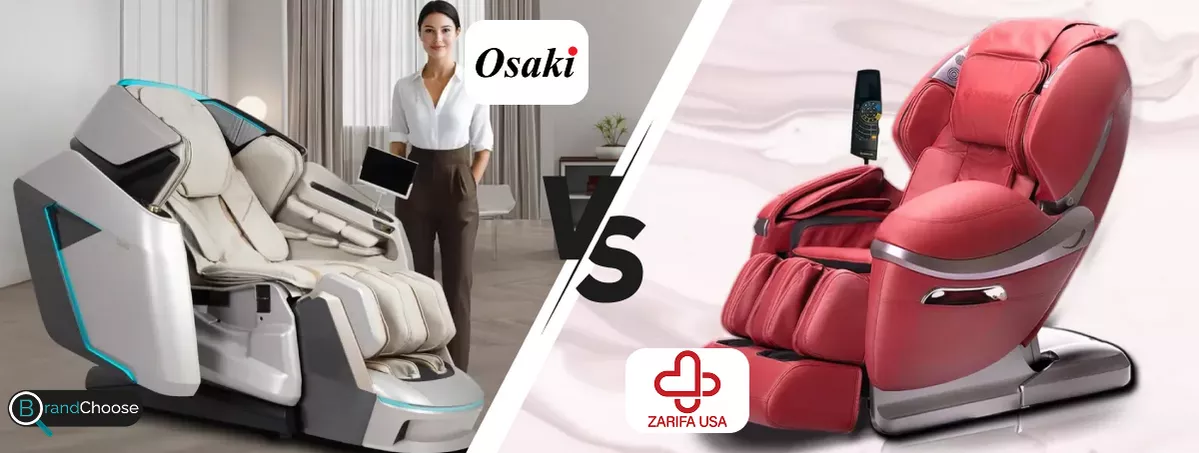
While Zarifa doesn’t currently operate in the $9,000+ luxury tier that Osaki dominates, its mid-tier and entry-level models are heavily promoted within wellness and recovery circles — especially among older adults and veterans. So the question becomes: Does therapy focus beat out feature density when it comes to daily use?
Product Selection
The way a brand builds out its product line speaks volumes about its market priorities and user base.
🟦 Osaki maintains one of the most diverse massage chair catalogs in the world. The company currently offers more than 60 models in active rotation, with clearly defined tiers ranging from the budget-friendly OS-Champ to premium machines like the Maestro LE 2.0. This breadth lets Osaki target everyone from first-time buyers to high-end wellness shoppers. However, with so many overlapping models and series (often with only minor differences), newcomers can feel overwhelmed by choices, especially when two models at similar price points share nearly identical specs under different names.
| Primary Use Case | Osaki | Zarifa USA | ||
| Entry | OS-Champ | 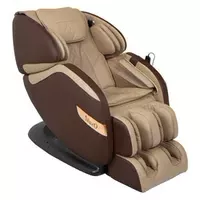 |
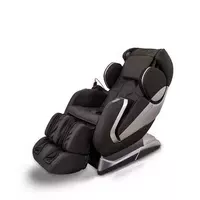 |
Z-Cloud |
| Mid | OS-Pro Admiral II | 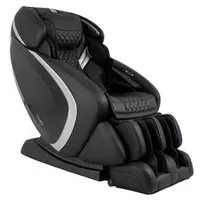 |
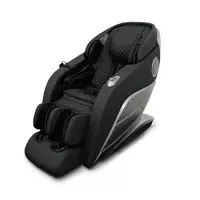 |
Z-Smart-plus |
| Flagship | Maestro LE 2.0 | 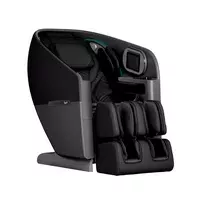 |
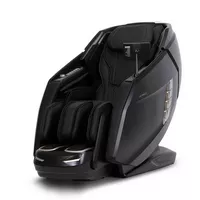 |
Z-Smart Pro |
🟪 Zarifa USA, by contrast, runs an intentionally limited catalog — often with just one or two main chairs available at a time, such as the Z-Cloud and Z-Smart+. The focus here is on targeted marketing to recovery and veteran communities, with strong emphasis on benefits for spinal care, relaxation therapy, and chronic pain. Instead of a wide lineup, Zarifa banks on clarity, simplicity, and a strong brand story that centers on health outcomes and medical positioning. While this focused approach works well for therapeutic buyers, it leaves little room for tech-hungry or feature-hopping users who want specific customization or cosmetic upgrades.
✅ Verdict: Osaki offers an unmatched range of massage chair options across the full consumer spectrum. Zarifa simplifies the choice into a clear recovery-focused lineup, better suited for no-fuss buyers seeking clinically oriented relief.
Customer Support & Warranty
Support experiences often define how confident users feel about long-term investment in a massage chair.
🟦 Osaki provides a 1–3 year parts and labor warranty, with 5 years on the frame for most high-end chairs. Their support is routed through a broad U.S. service network, and they maintain one of the largest parts inventories in the category. However, due to their heavy reliance on third-party retailers and installers, customer service quality can vary. Some buyers report excellent service, while others cite long wait times for replacement components or diagnosis help.
🟪 Zarifa USA benefits from its direct-to-consumer model and U.S.-based operations. Their typical warranty covers two years on parts and labor, and the brand promotes a customer-first approach, especially for veterans and older adults. Zarifa emphasizes pre- and post-sale support and is more proactive than most when it comes to walking users through setup or troubleshooting. Online reviews generally suggest a high-touch support culture, though physical technician availability may be more limited in rural areas.
✅ Verdict: Osaki offers nationwide support with deep infrastructure, but with variable service quality. Zarifa wins points for personalized service and recovery-first orientation, especially for first-time chair owners.
Build Quality & Durability
The structural and material quality of a massage chair matters deeply, especially when used daily over several years.
🟦 Osaki’s mid and high-end chairs, especially the Admiral II and Maestro LE 2.0, are built on solid internal steel frames and use quiet, brushless motors for roller control. Upholstery varies across the lineup — lower-end models may use more basic synthetic leather, while flagship models lean toward thicker, softer materials that age better. In long-term testing and user reports, Osaki chairs tend to hold up well over 4–7 years of regular use, though their massive lineup means durability can vary model to model.
🟪 Zarifa USA chairs prioritize function-first construction with a moderate focus on materials. The Z-Smart+ uses a well-built internal track and air pump assembly, and the outer finish feels clean and tightly fitted — though not particularly luxurious. The frame is rigid and supportive, and it shows minimal creaking even after extended recline cycles. However, some components (especially the armrests and leg extensions) feel more modular and may wear faster under constant use. That said, the brand’s close connection to FDA registration and veteran-use endorsement gives some added credibility to its durability standards.
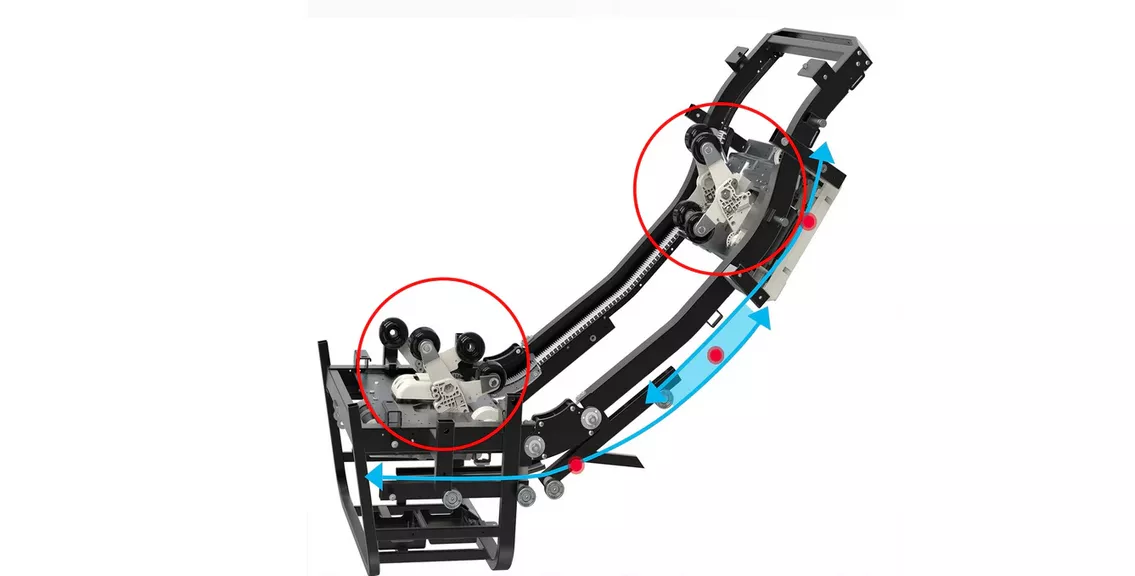
✅ Verdict: Osaki wins for refined engineering and component longevity, particularly in its flagship tiers. Zarifa offers respectable structural quality with a focus on reliability and medical credibility over aesthetic finish.
Massage Variety
The best chairs offer more than just "on/off" therapy — they deliver variety in technique, targeting, and intensity to keep daily use fresh and personalized.
🟦 Osaki is king in this regard. Even the entry-tier OS-Champ delivers kneading, tapping, shiatsu, and rolling with pre-programmed full-body sessions. The mid-tier Admiral II expands this dramatically with 15 auto programs including "Sports Refresh," "Neck & Shoulder Relief," "Gentle Wake-Up," and "Thai Stretch." Moving up to the Maestro LE 2.0, Osaki introduces heated 4-D rollers with adjustable depth and dynamic tempo control — allowing users to customize pressure and rhythm mid-session, a rare feature even among premium chairs.

🟪 Zarifa USA, in contrast, builds its appeal not on abundance but on accessibility and therapeutic focus. The Z-Cloud and Z-Smart+ both offer full-body routines with rolling, kneading, and compression sequences, but their roller systems are 2-D, meaning they operate on a fixed vertical and horizontal path without adjustable depth. That limits deep-tissue engagement or trigger-point replication. However, Zarifa focuses instead on full-body air compression, multiple Zero Gravity modes, and chiropractic-inspired presets like “Spinal Alignment” and “Posture Relief.” Variety is narrower than Osaki, but more specialized toward tension release and lower-body decompression.
✅ Verdict: Osaki clearly leads in sheer technique variety, roller adaptability, and specialty program count. Zarifa counters with a therapeutically themed, simplified suite of programs, best suited to users seeking consistent, low-intensity relief.
Programs Variety
Preset massage routines are what most users rely on — they should feel diverse, useful, and easy to select without excessive tuning.
🟦 Osaki impresses again in this category. The OS-Champ offers five starter programs. The Admiral II raises this to fifteen, including “Office Recovery,” “Swedish,” “Stretch,” and “Neck & Shoulder.” The Maestro LE 2.0 trims to eight—but adds three customizable user memory profiles, giving households the ability to save preferred intensity, heat, stretch, and roller positions for different people. More importantly, Osaki’s routines differ significantly in tempo, pressure, and focus zones — keeping sessions fresh and targeted.
🟪 Zarifa USA leans into simplicity. The Z-Smart+ includes six total preset programs: “Recovery,” “Relaxation,” “Stretch,” “Full Body,” “Waist,” and “Shoulder Focus.” These are well-labeled and easy to understand, but their underlying differences are mostly variations in roller path and timing rather than in technique or intensity. There’s no user profile saving or manual program building, which limits long-term variability for advanced users.
✅ Verdict: Osaki dominates for depth, variety, and personalized program creation. Zarifa provides clear, recovery-themed presets with minimal configuration, ideal for simple daily relief.
Cost & Affordability
How much buyers are expected to spend — and what they get in return — is often the deciding factor.
🟦 Osaki spans a huge pricing spectrum. The OS-Champ can be found for under $2,000, while the Admiral II sits around $5,500 (often discounted below $4,000). The Maestro LE 2.0 reaches as high as $9,500, though sales often bring it closer to $6,500. For the sheer range of features packed into each price point, Osaki remains one of the best price-per-feature brands in the business.
🟪 Zarifa USA offers tighter pricing: the Z-Cloud typically lists just about $2,000, while the Z-Smart+ hovers between $4,000–$5,000 depending on seasonal sales. What makes Zarifa’s pricing unique is its positioning toward health-spending: chairs may qualify for FSA/HSA reimbursement, and veteran discounts are generous. While these don’t lower the MSRP, they can make the real-world cost much more manageable for specific audiences.
✅ Verdict: Osaki provides feature-dense chairs at every price level, often undercutting peers with promotions. Zarifa offers competitive prices with added financial flexibility for medical-focused buyers.
Technology & Wellness Extras
Wellness-focused features — like heating, smart controls, and integrated sensors — can dramatically improve how effective a chair feels over time.
🟦 Osaki packs in extras across the board. The Maestro LE 2.0 includes voice control, Bluetooth speakers, USB charging, ambient lighting, and user memory presets. It also features heated back rollers, which not only feel good but enhance muscle relaxation and blood circulation. Even the Admiral II comes with lumbar heat, foot rollers, and multi-level intensity control for every zone. Osaki’s touchscreen interface and navigation also stand out — giving users more intuitive access to advanced features than most brands
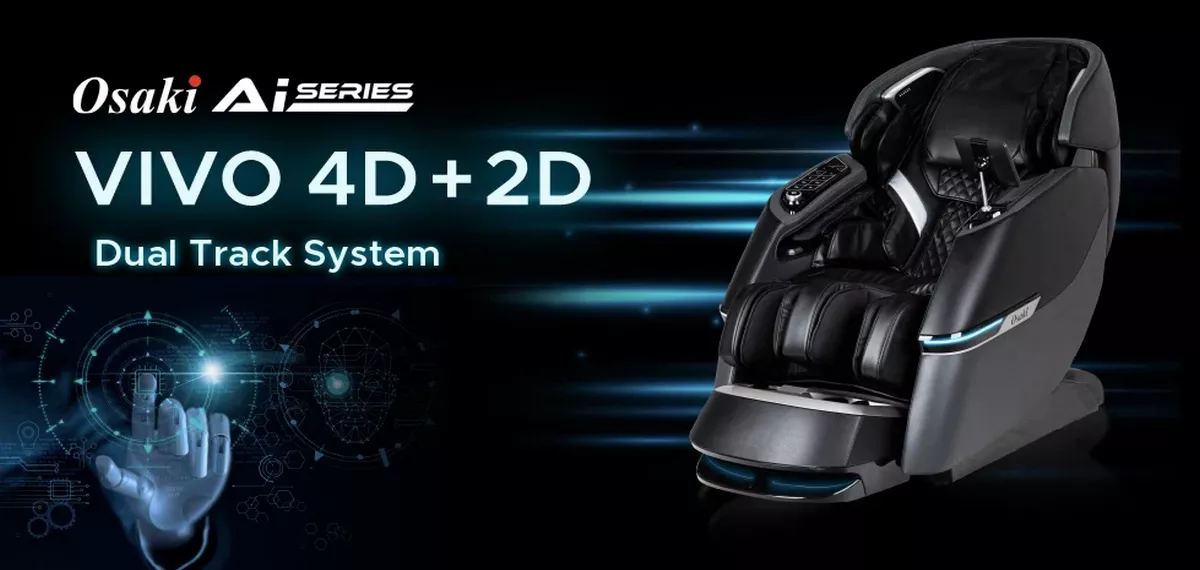
🟪 Zarifa USA chairs, while simpler, still check key wellness boxes. The Z-Smart+ features dual Zero Gravity modes, Bluetooth audio, lumbar heating, and a remote with simplified controls for seniors or low-tech users. However, there are no voice assistants, no user memory profiles, and fewer layers of adjustability in intensity, speed, or timing. That said, the overall user experience is smooth, and the features are well-aligned with the needs of users in post-op recovery or physical therapy regimens.
✅ Verdict: Osaki leads in high-tech feature stack, entertainment integration, and precision control. Zarifa balances wellness basics with user-friendly simplicity, but offers fewer bells and whistles.
Body Coverage & Adjustability
The reach and adaptability of a chair's massage coverage — both rollers and airbags — is critical to achieving full-body relief.
🟦 Osaki chairs, particularly the Admiral II and Maestro LE 2.0, come equipped with SL tracks that reach from the neck to the thighs (typically 50–53 inches). The Maestro’s rollers are 4-D, meaning they not only travel vertically and horizontally but can also adjust depth, mimicking a human therapist’s pressure shifts. These chairs also feature 30+ airbags that independently inflate around the shoulders, arms, hips, calves, and feet, with intensity and area adjustments easily accessible through the remote or touchscreen. The footrest in Maestro LE even provides reflexology rollers with three speed settings — a standout for users with plantar fasciitis or heel tension.
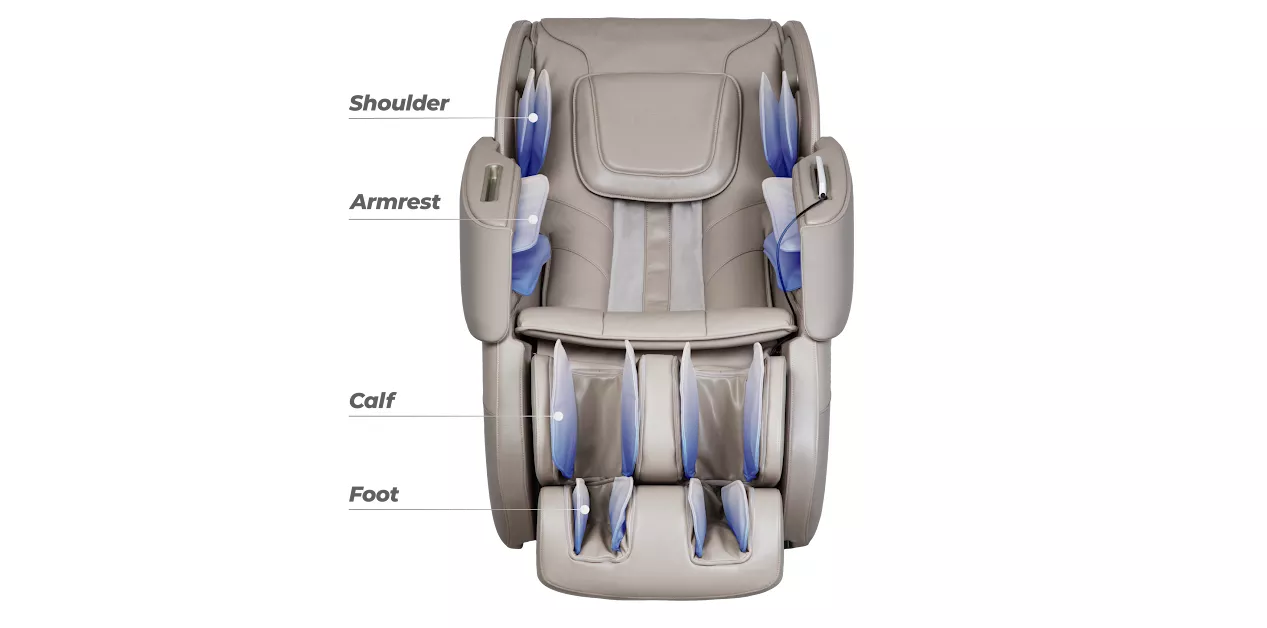
🟪 Zarifa USA chairs use full-body SL tracks as well, but they are equipped with 2-D rollers, which follow a set path without applying variable depth or deep-kneading force. The Z-Smart+ includes a respectable number of airbags (20+), especially in the lower body zones, and provides decent traction-style leg stretching during certain programs. However, adjustability is limited to a few preset intensity levels. Height calibration exists but lacks the fine-grain precision needed for roller width or shoulder targeting for all users.
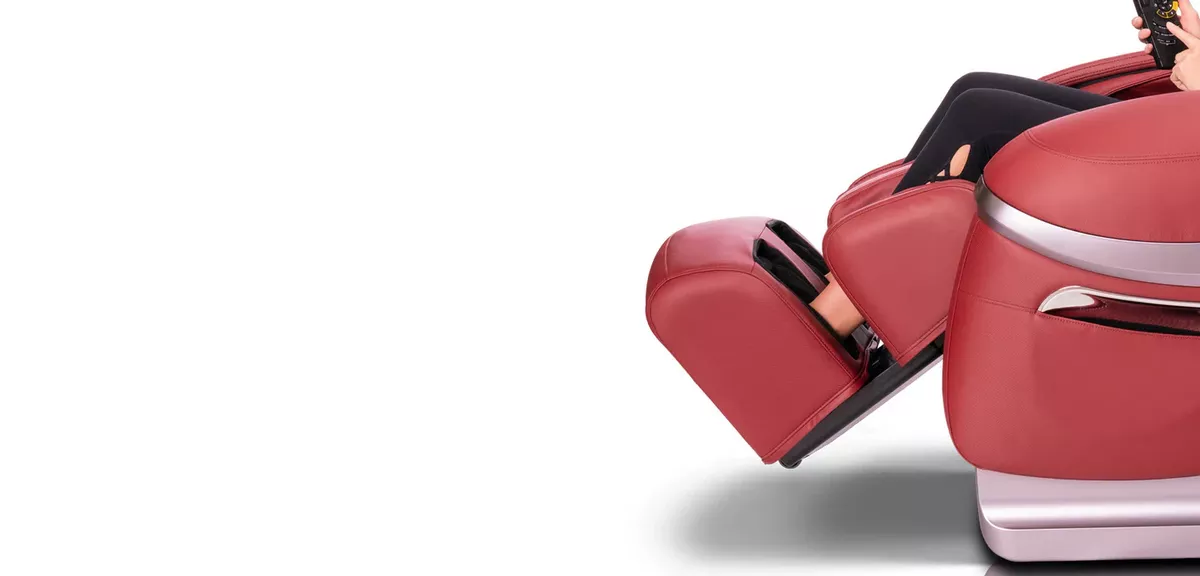
✅ Verdict: Osaki outperforms with superior roller depth, finer zone control, and extensive air compression adjustability. Zarifa offers solid full-body coverage optimized for gentle stretch therapy, especially from waist down.
Comfort & Ergonomics
Daily usability depends on comfort just as much as intensity. A chair must adapt to a variety of body sizes and deliver relief without strain or fatigue.
🟦 Osaki builds in comfort across all tiers. The OS-Champ includes lumbar heat and a Zero Gravity recline angle that helps reduce spinal load. The Admiral II adds high-density foam seating, a three-stage Zero G recline, and a space-saving glide track that lets the chair fully recline even in small rooms. The Maestro LE 2.0 goes further with precision-fitted cushions, leg-length adjustment, foot reflexology rollers, and a headrest that adjusts height during scan calibration — accommodating users from 5'0" to 6'5".
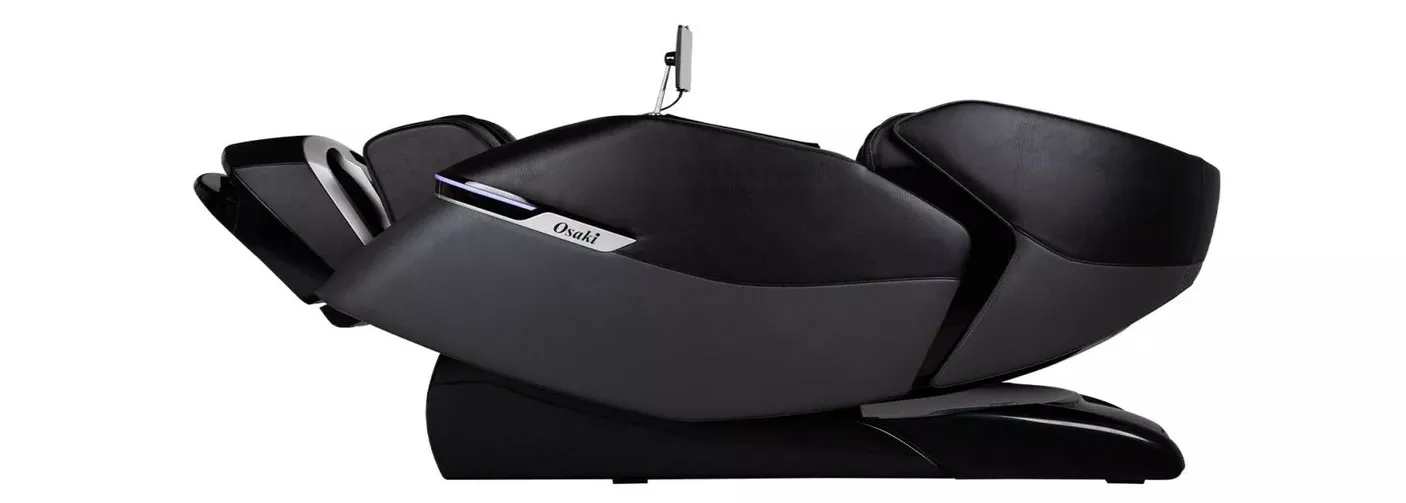
🟪 Zarifa USA, meanwhile, designs its chairs for straightforward accessibility. The Z-Smart+ features dual-Zero Gravity modes, an easy recline arc, and contoured lumbar support that suits users with chronic lower back pain. While seat padding is slightly firmer than Osaki’s plush mid-tier models, this works in favor of posture support rather than pure comfort. That said, shorter users (under 5′2″) may find that shoulder rollers miss the mark slightly, as the scan calibration is less sophisticated. Leg extension is present but has a more basic mechanical feel compared to Osaki’s spring-loaded or motorized systems.
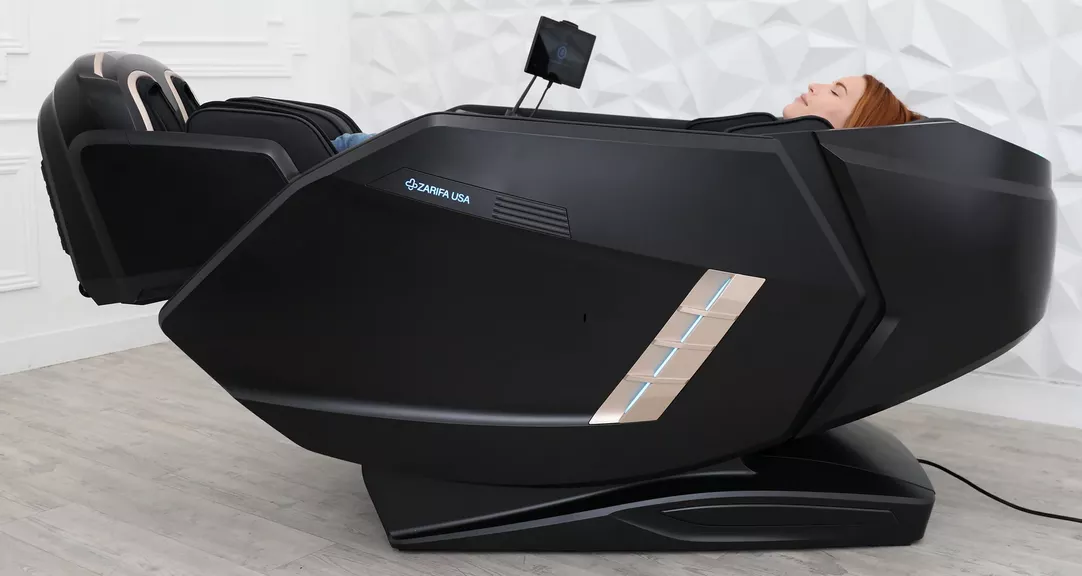
✅ Verdict: Osaki delivers higher adjustability, deeper ergonomic range, and multi-user comfort. Zarifa offers focused postural comfort better suited for recovery therapy than lounging or long, immersive sessions.
Quick Buyer Match Guide
🟦🟦 Choose Osaki if you
• Want maximum features at every price point.
• Prefer 3-D or 4-D rollers and deep-tissue options.
• Plan to share the chair with multiple users in the household.
• Appreciate customization, tech integrations, and premium upholstery.
• Don’t mind sorting through multiple models to find the perfect fit.
🟪🟪 Choose Zarifa USA if you
• Need simple, recovery-oriented massage without tech overwhelm.
• Want something FDA-registered and veteran-friendly.
• Prefer U.S.-based direct support and easy setup.
• Qualify for FSA/HSA reimbursement or are purchasing as medical equipment.
• Are more interested in relief than luxury or entertainment features.
Conclusion
Osaki is still the dominant force in the American massage chair landscape — delivering feature-packed, aggressively priced models across every tier, with strong tech, strong customization, and solid durability.
But Zarifa USA makes a compelling case for therapeutic simplicity. Its recovery-first philosophy, streamlined models, and accessible controls make it an ideal choice for users seeking clinical wellness benefits without a steep learning curve. While it can’t compete with Osaki on feature count or roller tech, it holds its own in comfort, affordability, and user trust — especially for buyers focused on health and relief.



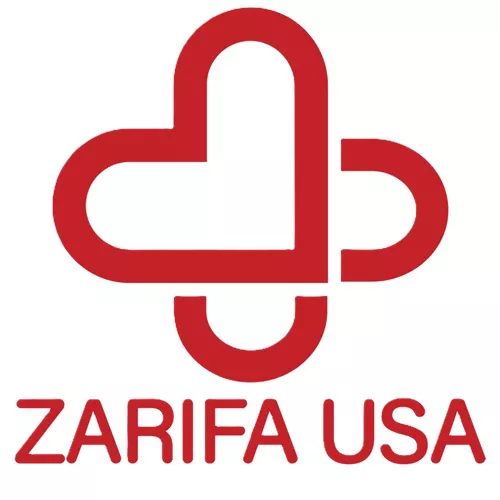

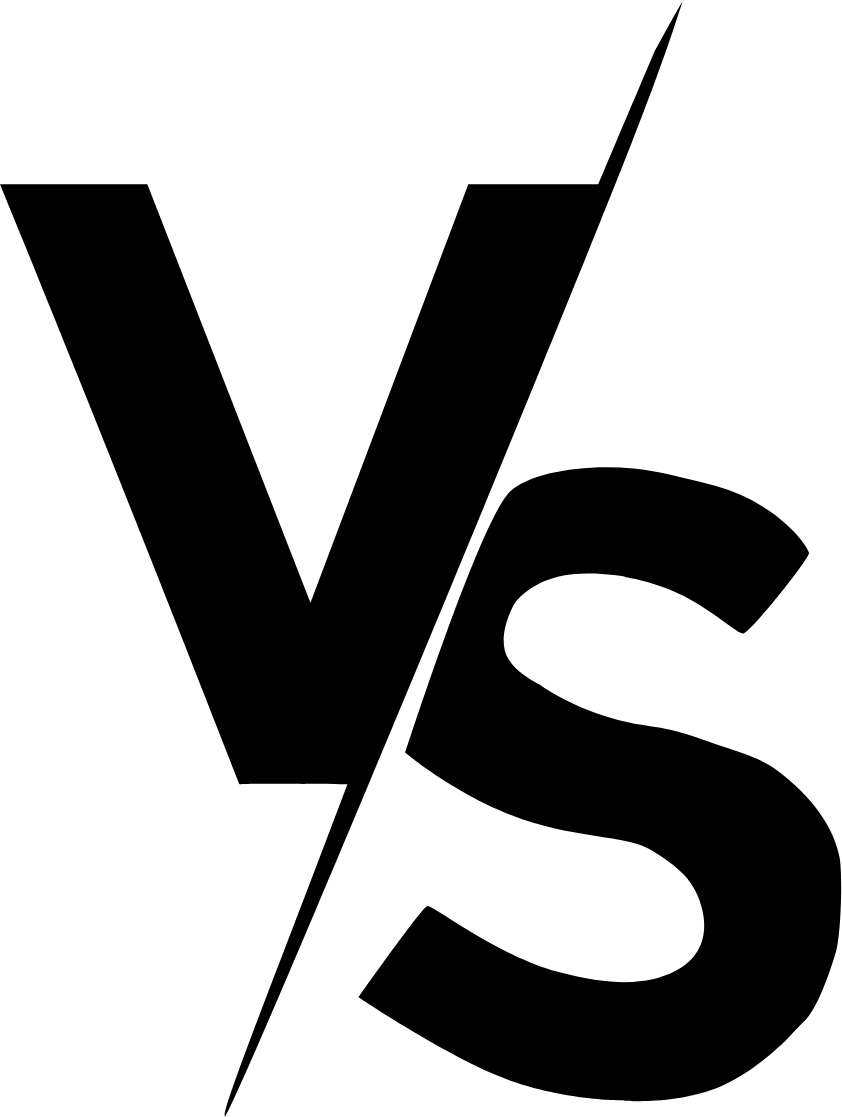
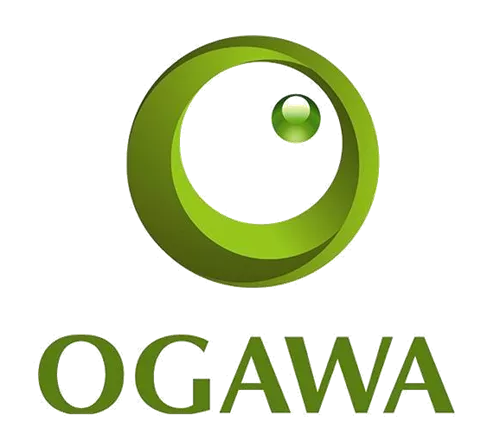
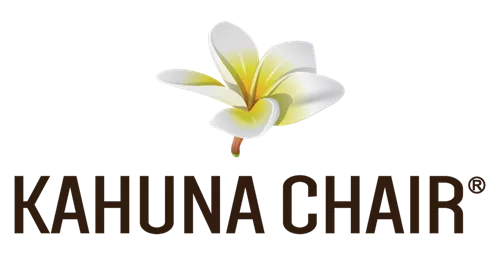
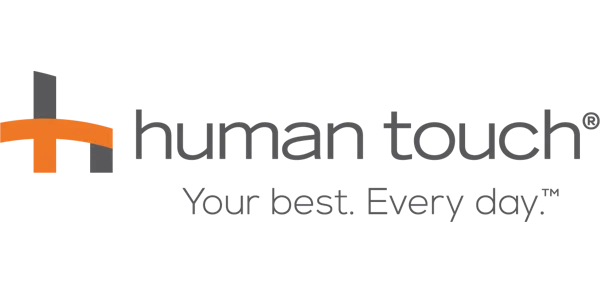


.png)